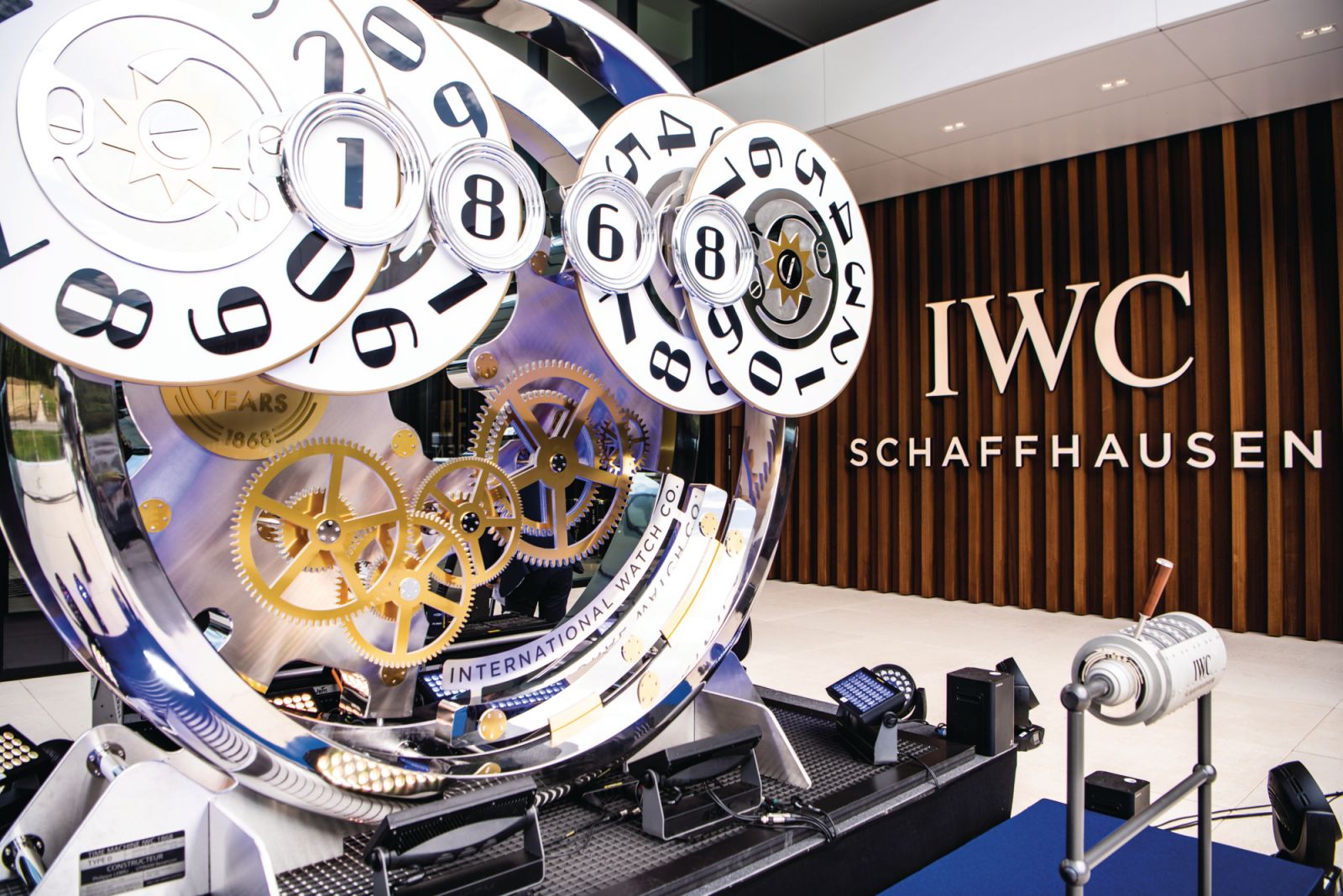Tatler spent a day at IWC’s cutting-edge manufacture, uncovering the intricacies behind the heritage, craftsmanship and advanced technology of the horological powerhouse
Nestled in the Swiss town of Schaffhausen, the International Watch Company (IWC) has been a beacon of craftsmanship and innovation since it was founded in 1868. More than just a watch manufacturer, IWC has been a vital source of employment for the town’s residents, providing jobs and sustaining livelihoods for generations. The company’s commitment to its workforce is mirrored in its dedication to excellence, producing timepieces that have gained an international reputation for their innovative design and technical ingenuity.
Schaffhausen’s 152 horological significance doesn’t end with IWC—it is also home to H Moser & Cie. Together, these two manufactures have positioned the town as a key player in the world of haute horlogerie.
As Tatler GMT’s editor, I was offered the opportunity to visit the IWC manufacture—and I was excited. What is so special about this watchmaker, the first American brand to launch its own manufacture in Switzerland? I was about to find out in person.
Don’t miss: Step inside the surprisingly understated Richard Mille’s watch manufacture in Switzerland
First impressions of the IWC Manufakturzentrum

American watchmaker Florentine Ariosto Jones founded IWC in 1868 with a mission of combining Swiss precision with American engineering innovation. Today, this ethos remains clear from the design of the current manufacture, built in 2018: a modern, glass façade with stark black frames contrasting against the flat, white roofs. Adding an extra personal touch to the IWC Manufakturzentrum was the fact that its architect was Christoph Grainger-Herr, the company’s current CEO, who is not only leading the brand’s strategic vision, but also bringing it to life in the structure of the building.
As I stepped through the glass doors, I experienced a symphony of horology. The quiet hum of focused work, the occasional click of a gear being set into place, and the faint aroma of oiled metal filled the air as master artisans, engineers and watchmakers worked away.
Walking through the nine-metre-high lobby, we headed first to the movement-component production workshop. Here, approximately 1,500 different components for various calibres are produced, from bottom plates and bridges to small elements such as switching levers and springs.



